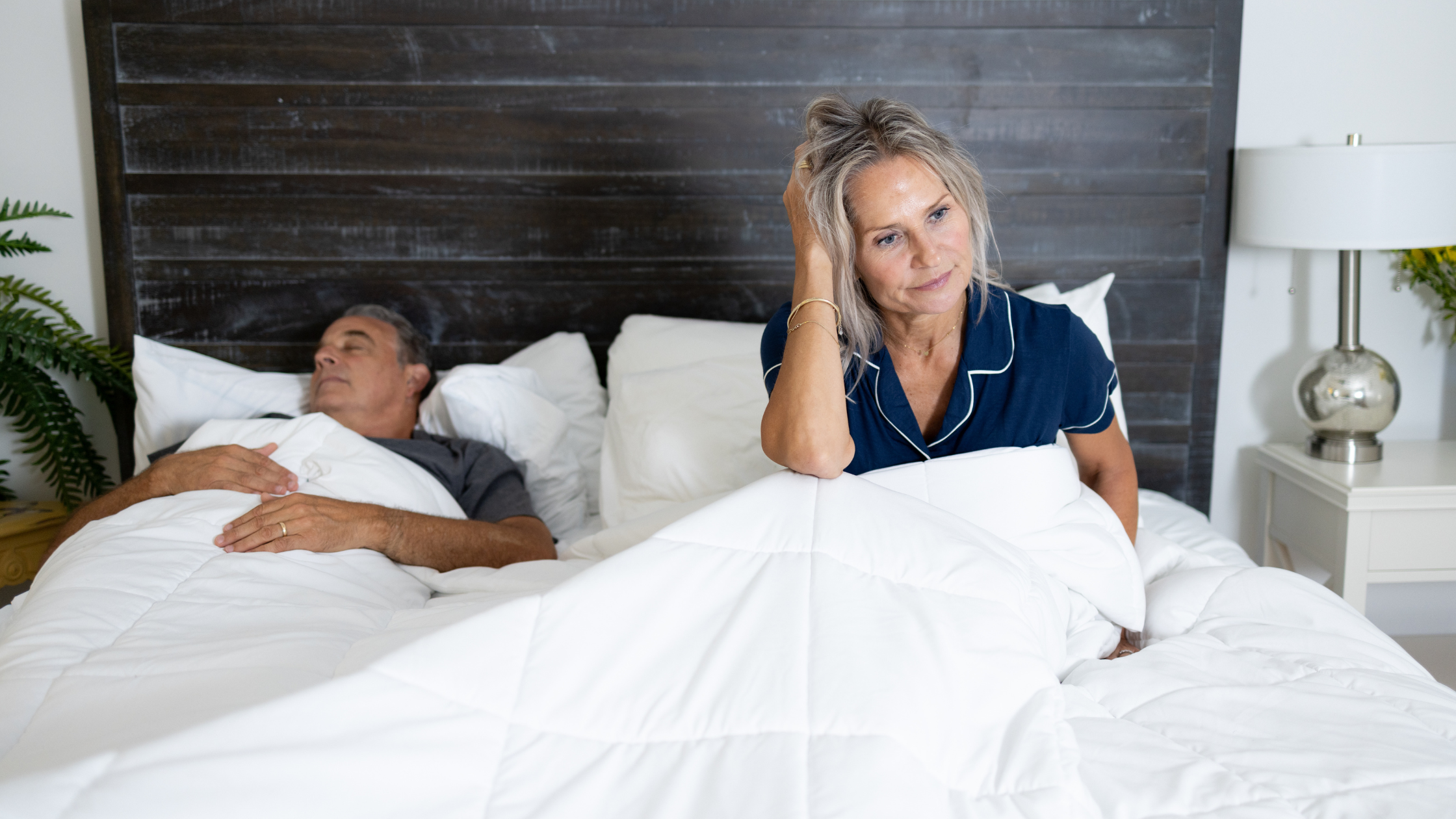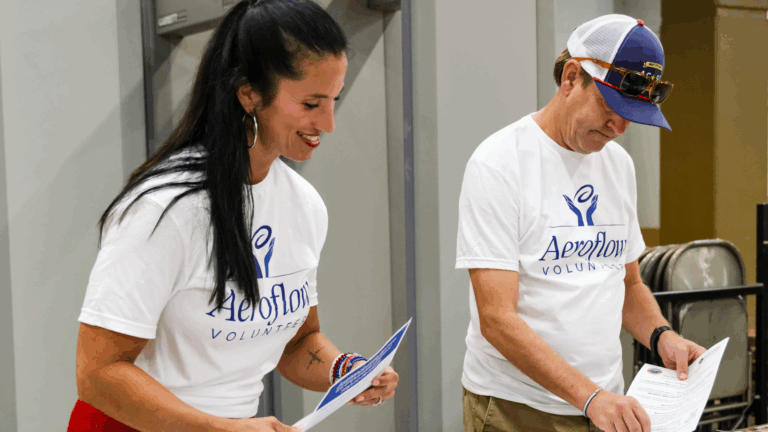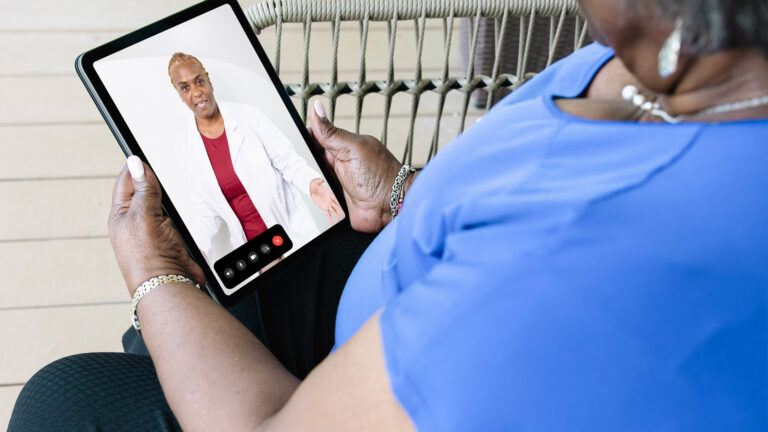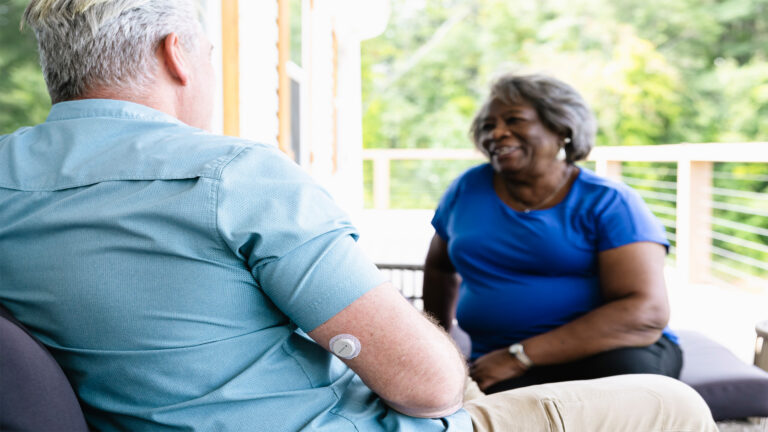This content has been reviewed for accuracy by Mike Cantor, Chief Medical Advisor at Aeroflow Health.
The Society for Women’s Health Research estimates that 1 out of every 5 women has sleep apnea. The majority—9 out of 10—are unaware of their condition and their increased risk for serious health conditions. Dive into our blog inspired by our webinar, “Why Addressing Sleep Health In Women Matters,” to delve into the multifaceted aspects of sleep health, with a particular focus on understanding and addressing the challenges faced by women. For more comprehensive insights, you can watch a playback of the webinar here.
Table of Contents
Is sleep apnea a different disease in women than in men? Does the interpretation of symptoms differ in women compared to men?
Dr. Matsumura: According to a recent study by Psychology Today, 1 in 4 women is at high risk for sleep apnea, and 90% of women living with a sleep-disordered breathing disorder are undiagnosed. Sleep apnea definitely does present differently in women than it does in men. Women tend to have disrupted sleep; they may have more fragmented sleep and generally feel more fatigued. They don’t generally have the snoring or as many apneas. In turn, when women present with sleep apnea diagnostically on tests, they tend to have more arousals than oxygen desaturations, which is one of the ways that we score and interpret sleep studies.
Data shows that as we get older, the prevalence rates for sleep apnea tend to go up. There is still a disparity in the difference of the prevalence of sleep apnea among men and women by age group. Why do we see this as people get older?
Dr. Weiss: This is a very important point from the research perspective because we know that changes in the prevalence and the symptoms of obstructive sleep apnea in women as they get older are likely sex hormone dependent. So, post-menopausal women are more likely to have obstructive sleep apnea due to changes in estrogen and progesterone. Also, we see changes in the anatomical position of the airway in women as they age and enter different stages of life. For example, pregnancy, postpartum, and menopause all affect sleep in women differently and sometimes can cause obstructive sleep apnea. Just like Dr. Matsumura said, the symptoms in these scenarios are not typical or what you would call “textbook” obstructive sleep apnea.
If the signs of sleep apnea in women are different in that they are more likely to have mild instead of moderate to severe sleep apnea, does this impact their ability to access PAP devices and/or other therapies? How do health plan coverage policies account for the differences in the way symptoms of sleep apnea in women present themselves compared to men?
Dr. Plenzler: If we really think about what health plans and their vendor partners do in terms of approving home studies or attending studies, the guidelines typically filter down from the Centers for Medicare & Medicaid Services (CMS), which is Medicare. CMS, Local Coverage Decisions (LCDs), and National Coverage Decisions (NCDs) are fed by the AASM and others, but the LCDs and NCDs are old; they are 10-15 years old, and in my opinion, they’ve not kept up with the times. LCDs and NCDs determine what CMS will or will not cover under insurance. Ultimately, the use of the LCD is more appropriate for given areas based on who their overarching management company is, but that dictates how many units of CPAP are paid for, how much is paid for CPAP masks, sleep studies, oxygen, and more. This is an issue. Then, the second piece, back to Dr. Matsumura’s point about clinical judgment, a female that comes in with insomnia and restless legs on the screen but is more obese or is more likely to have sleep apnea, frankly, a home study may be more appropriate but if they aren’t obese or if they don’t have the presentation that a home study would be more appropriate, then maybe an attended study would be better. We don’t have the delineation in the guidelines for these types of scenarios yet.
Dr. Weiss: To add to that, as we’ve said before, symptoms in women aren’t always presenting the same as they would in men. The screening tools we have available may not be able to capture those atypical symptoms. Looking at different ethnicities is also important to note. There are anatomical and cultural differences to consider. For example, African Americans and Asians with differing anatomy for breathing upper airways like the nose and neck can present different symptoms than others, especially postmenopausal.
What changes, if any, should health plans consider to their coverage policies to make them more equitable for women?
Dr. Plenzler: So, we’ve already mentioned that the one-size-fits-all approach to CPAP masks needs to be reconsidered and that the coverage guidelines need to take a look into the latest research around the differences in people diagnosed with sleep apnea. I know that the American Academy of Sleep Medicine is always looking at its guidelines and has practice parameters and work groups for making updates, but I don’t think it always translates fast enough. Sadly, CMS is even slower. I think at the end of the day, the way PAP policies read today, there’s a pretty wide spectrum. If you have at least mild sleep apnea and other symptoms, there are ways to get PAP coverage. In terms of coverage, as long as the health plan covers PAP and the patient meets the guidelines, the PAP is covered. However, we also know that adherence to therapy is highly dependent on many factors. Generally speaking, the more severe the sleep apnea, the more compliant a patient is. Milder symptom patients typically struggle more with compliance. As far as the coverage guidelines and payment models, I would like to see some kind of coverage for supporting PAP use. There used to be a code for this, but it went away. The idea is that these PAP machines have tons of technology. They download data that nobody else in medicine can dream of, but we don’t do much with it other than look at how many hours it was used. I’d love for data like flow limitations to be reported. Long story short, I think change is coming, but it is painfully slow.
As you think about the challenges of managing sleep apnea in women, what gives you hope for the future, and what keeps you up at night and fearful that things are not changing?
Dr. Weiss: Seeing the diverse workforce in the research and clinical settings is giving me hope right now. They are driving the change as they look more into gender-specific and racial ethnicity-specific questions related to sleep. What keeps me up at night is the Social Determinants of Health (SDoH) and how this impacts access to healthcare.
Dr. Plenzler: The hopeful piece for me is the increased awareness and knowledge. As we move towards value-based care and really have payment models focused on outcomes, the huge glaring hole in that piece of the puzzle is this topic of sleep, which we spend a third of our life doing. It’s very overlooked right now, and this plays into what’s keeping me up at night. The other part of my fear is that health plans are laser-focused on saving money and aren’t placing enough value on sleep. We have to have a better understanding of the value of sleep and how it impacts all aspects of health.
Dr. Matsumura: What is giving me hope is that there is more awareness. For instance, these types of webinars are where we are educating people. There are more women in healthcare as well, and as they age, they ask questions that lead to an explosion of deeper research. What keeps me awake at night is the lack of action to move and do something about all of the awareness and knowledge. It’s moving at a glacial pace. It’s not happening fast enough. As I age, I wonder if by the time I am at the end of my bell-curve is when this change will actually happen. There is a level of dismay and hope here. The issue is that insurance companies play too big of a role in making these types of decisions, and the country has lost its focus on what actually matters when taking care of people. Insurance companies have such a stronghold dictating decisions in healthcare and what happens. The premise around developing guidelines is excellent in theory, but how it’s being practiced right now is not helpful.
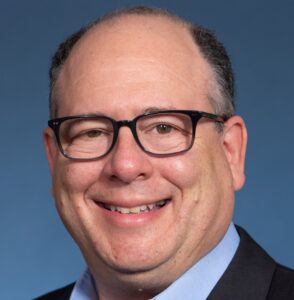
Michael Cantor, M.D.
Dr. Mike Cantor is a geriatrician and attorney who has extensive experience designing and implementing value-based care, quality improvement, and care management programs for healthcare providers and health plans. He works as a fractional (part-time) Chief Medical Advisor for Aeroflow Healthcare, Uber Health, and other technology-enabled health services companies, value-based care organizations and digital health companies. Previous roles include: CMO for Bright Health Plan, an innovative health
insurer; CMO for CareCentrix, a leading outsourced home health, durable medical equipment, and post- acute care benefits manager recently acquired by Walgreens; and CMO for the New England Quality Care Alliance (NEQCA), the physician network affiliated with Tufts Medical Center, where he implemented network-wide quality improvement and care management programs for 150,000 managed care lives. He trained in internal medicine at Beth Israel Hospital in Boston and did his geriatrics fellowship at Harvard Medical School. He has degrees in law and medicine from the University of Illinois.
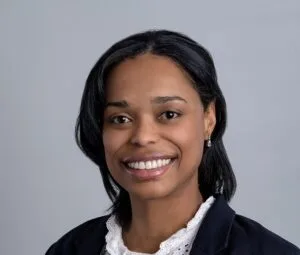
Carleara Weiss, Ph.D., MS, RN - Scientific Advisor at Aeroflow Sleep
Dr. Weiss has over fifteen years of experience as an Adult-Geriatric Nurse Specialist, with a Master's in Science of Health Care and a Ph.D. in Nursing, focusing on Behavioral Sleep Medicine and Circadian Rhythms. Originally from Brazil, Dr. Weiss earned a Bachelor's in Nursing Science and a Bachelor's in Education and completed her medical-surgical & geriatric training and Master's degree at the Federal Fluminense University, Rio de Janeiro. After eight years as Assistant Professor and Clinician overseeing adults and older adults in hospitals, nursing homes, hospices, and private practice, Dr. Weiss moved to the United States, where she earned a Ph.D. and Postdoctoral training in sleep and circadian rhythms at the State University of New at Buffalo.
With a background in doula services and midwifery, Kiera brings a unique perspective to her position, informing her meticulous approach to managed care. Her responsibilities include negotiating contracts, managing credentialing processes, and fostering strong relationships with health plans, all aimed at optimizing operational workflows and service delivery.
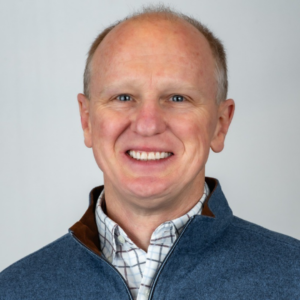
Steven Plenzler, PhD, D, ABSM, Product Management Principal and Sleep Product Owner, Evernorth Home-Based Care
Steven is a dynamic problem solver with a unique healthcare background, dedicated to delivering creative solutions. His goal is to help health plans and other organizations achieve cost savings while ensuring medically necessary procedures and improving care and clinical outcomes for their members. He is passionate about applying scientific evidence for comorbid medical diseases, such as sleep apnea, heart disease, diabetes, and obesity, to develop innovative solutions that address these conditions effectively.
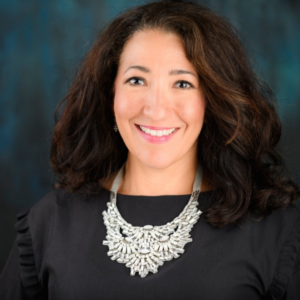
Andrea Matsumura, MD, MS, FACP, FAASM Internal Medicine/Sleep Medicine Physician
Andrea Matsumura, MD, MS, FACP, FAASM, attended medical school at The University of Texas Health Science Center in San Antonio. She moved to Portland, Oregon, for her residency in Internal Medicine. She was an Internal Medicine Physician with Northwest Permanente for 13 years before entering her fellowship in Sleep Medicine. She attended Oregon Health and Science University as a fellow in Sleep Medicine and, upon completion of her fellowship, became a partner at The Oregon Clinic in Pulmonary, Critical Care, and Sleep Medicine. During her tenure there, she expanded sleep services by opening up a durable medical equipment service line, a second sleep center, and expanded home sleep services. She has become a sought-after expert on women and sleep. She is currently the Medical Director/Director of Program Development for Cascadia Health in Portland, Oregon. Currently, she is a member of the American Academy of Sleep Medicine’s (AASM) diversity, equity, and inclusion (DEI) committee, as well as the AASM’s public awareness task force leader for the Sleep is Good Medicine campaign. In addition, she is a member of the JEDI committee (justice, equity, diversity, and inclusion) for the OMA (Oregon Medical Association), the goal of which is to review and guide the activities of the OMA through this lens. She is on the executive board of the OMA’s foundation (OMEF), which supports and mentors medical and physician assistant students.
Dr. Matsumura describes herself as a holistic Sleep Medicine physician since the entire mind and body are affected by poor quality or lack of sleep. She enjoys public speaking about all things related to sleep and specifically how sleep apnea symptoms in women pertain to women’s health. She has been a guest speaker for the American Academy of Sleep Medicine, Providence hospital system, numerous podcasts, and has been quoted in several articles about sleep and wellness. Her passions are working and helping others understand that sleep is the most underutilized elixir of health, raising public awareness, and educating women about their sleep through every stage of life. Sleep is arguably the most underrated performance enhancer for all aspects of life.
References
SleepTest.com. (n.d.). Gender differences in obstructive sleep apnea. https://www.sleeptest.com/blog/post/gender-differences-in-obstructive-sleep-apnea
Michael J. Breus, Ph.D. (2019, June 26). New Findings on Sleep Apnea in Women. Psychology Today. Retrieved August 26, 2024, from https://www.psychologytoday.com/us/blog/sleep-newzzz/201906/new-findings-on-sleep-apnea-in-women#:~:text=An%20estimated%2090%20percent%20of,are%20living%20with%20it%20undiagnosed.&text=The%20classic%20symptoms%20of%20sleep,choking%2C%20snorting%20sounds%20during%20sleep

